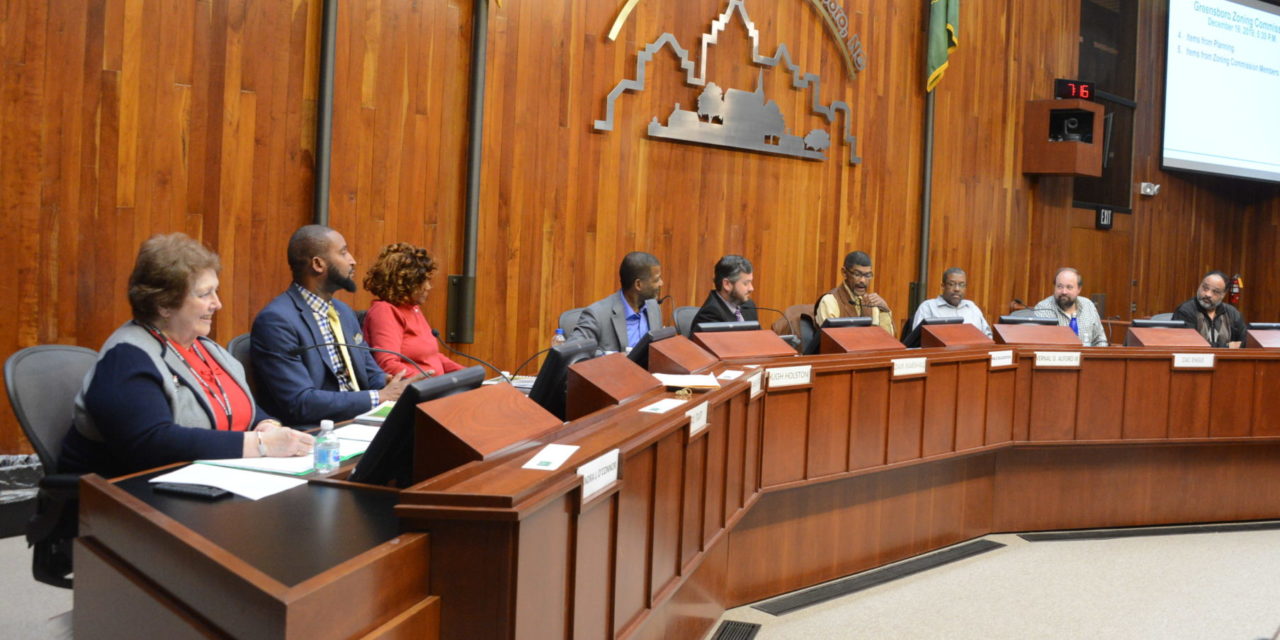The Perils of Multi-Family Zoning in Single-Home Areas

Opinion Article by: Nicky Smith
In the ever-evolving dynamics of urban growth and development, there’s been a rising trend of multi-family zoning in the midst of areas predominantly characterized by single-family homes. On paper, it may seem like an innovative strategy to cater to increasing populations and housing demands, but in practice, it poses significant challenges to communities. Zoning commissions should exercise caution before green-lighting such developments, considering the multitude of implications it can bring to a neighborhood.
1. Disruption to Community Character: The introduction of multi-family units in areas predominantly populated by single homes can dramatically alter the fabric and identity of the neighborhood. Single-family neighborhoods often boast open spaces, family-oriented environments, and distinct architectural homogeneity. Introducing high-density buildings disrupts this harmony, creating a stark contrast that can be jarring to existing residents.
2. Strain on Infrastructure: High-density multi-family units mean more people. This translates to increased pressure on existing infrastructure like roads, sewage systems, and public utilities. While a few extra families might not make a huge difference, a large apartment complex can significantly increase the number of residents in an area, often without a corresponding upgrade in infrastructure.
3. Traffic and Parking Woes: One of the most palpable effects of such zoning changes is the increase in traffic. More families mean more vehicles, leading to congested roads, especially during rush hours. Additionally, parking becomes a prime concern. Many older neighborhoods were not designed with the foresight to accommodate the parking needs of multi-family complexes, leading to streets clogged with parked cars, making navigation a nightmare.
4. Impact on Property Values: The introduction of multi-family units can have a mixed impact on property values. While diversifying housing can make the area appealing to a broader demographic, the potential degradation in aesthetics and the increased strain on amenities can negatively impact the value of surrounding single-family homes.
5. Overcrowding and Quality of Life: Higher population density can lead to overcrowding in public spaces like parks, recreational areas, and other community amenities. This overcrowding can detract from the quality of life for existing residents, who were accustomed to a quieter, less congested environment.
6. Environmental Concerns: Multi-family complexes often mean less green space per resident. This can contribute to heat islands, reduce local biodiversity, and diminish the community’s overall environmental health. Trees that act as buffers or serve aesthetic purposes in single-family zones might be felled to accommodate construction, leading to reduced air quality and a lessened sense of tranquility.
7. Social Dynamics and Security: Single-family zones often foster close-knit communities where neighbors know each other, leading to an environment of trust and shared responsibility. An influx of residents from multi-family zoning can strain these dynamics, leading to potential security concerns. It’s not that apartment dwellers are inherently less trustworthy, but rapid increases in population can make it challenging to establish and maintain the close relationships that characterize single-home areas.
8. Impact on Schools: The sudden growth in population could lead to overcrowding in local schools, impacting the quality of education. While the solution might seem as simple as building more schools, such projects require time, planning, and significant financial resources.
In conclusion, while multi-family zoning can address certain housing challenges, it’s essential to consider the broader, often unintended, repercussions on established single-home communities. Urban growth and development are inevitable and necessary, but they need to be executed with a keen sense of foresight and empathy toward existing residents. Zoning commissions bear the responsibility of ensuring that growth doesn’t come at the cost of community well-being. They should be cautious about integrating high-density developments into low-density areas and prioritize the interests and voices of those who already call these neighborhoods home.
Disclaimer: Any views or opinions represented in this article are personal and belong solely to the author and do not represent those people, institutions, or organizations that the owner may or may not be associated with in a professional or personal capacity unless explicitly stated. Any views or opinions are not intended to malign any religion, ethnic group, club, organization, company, or individual. The information presented in this blog post has been verified by sources that have first had knowledge and research on the subject matter. This article post was written by Nicky Smith. If you have feedback please address it to nickysmith@icloud.com
